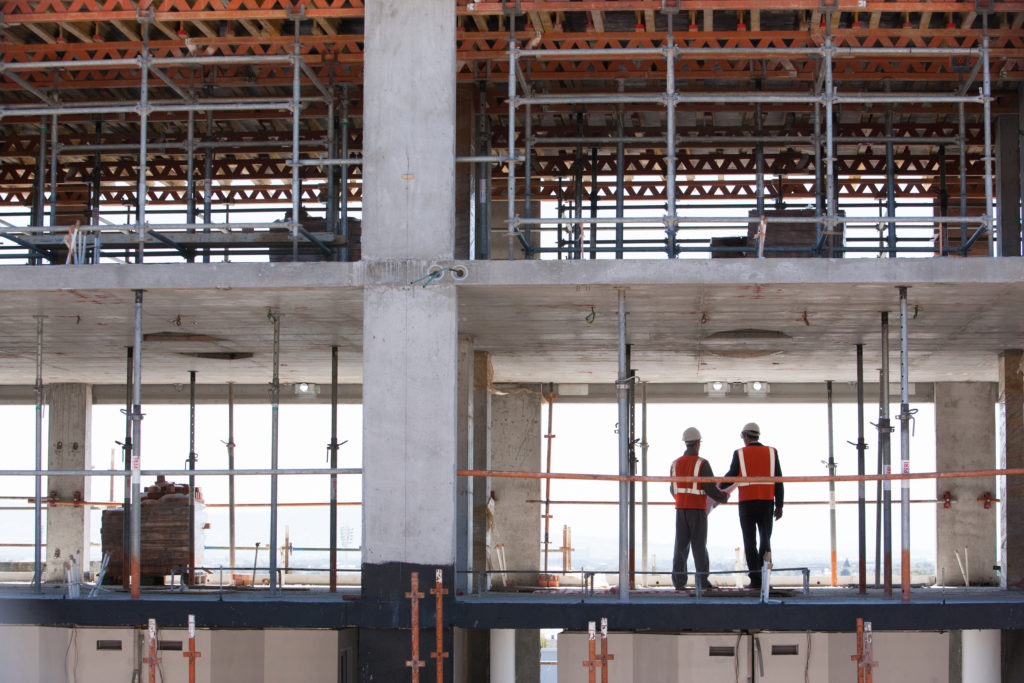Each month we update this report to track the pandemic’s effects on the Australian labour market.
Australian job postings rebounded sharply in February, following a relatively subdued January, painting a clear picture of a labour market that continues to tighten.
By the end of February, job postings were tracking 111% ahead of their level on February 1, 2020, our pre-pandemic baseline, after adjusting for seasonal trends. Postings have increased 22% points over the past month and are up 4% points since the end of last year.
Job postings in January were weaker than anticipated. While the omicron variant may have played a small role, we believe that the temporary decline reflected a shift in seasonal hiring patterns. We saw a similar short-lived decline in postings in January 2021.
Australian postings are high by international standards, with growth well above the United States, the United Kingdom and Canada. While recruitment activity has been strong in each of these markets, Australia has consistently overperformed with our recovery beginning earlier and remaining stronger despite regular COVID-19 outbreaks.
Overall, strong postings indicate that the Australian labour market will continue to tighten in the coming months, building on an already impressive economic recovery. While the omicron variant has been disruptive to Australian businesses – most notably via record sick leave applications – it doesn’t appear to have any meaningful impact on hiring trends.
Smaller states driving postings growth
Postings growth since the new year has primarily been driven by Australia’s smaller states, in particular Queensland and South Australia. Postings in Queensland are 111% above their level on February 1, 2020, with postings up 14% points since the end of last year. Meanwhile, South Australia postings are now 84% above pre-pandemic levels. These two states accounted for more than 90% of total postings growth since the new year.
By comparison, growth in the final few months of last year was driven by the easing of economic restrictions in New South Wales and Victoria. Postings in both states are little changed since the end of last year.
Demand for workers much higher in some occupations than others
While postings for most occupational groups are well above pre-pandemic levels, outcomes still vary considerably between the best performing and worst performing occupations.
Worker demand in areas such as loading & stocking, cleaning & sanitation and logistic support remain extraordinarily high. Postings in loading & stocking and cleaning & sanitation occupations are 280% and 264% above their level on February 1, 2020, respectively. Logistic support, at 228%, isn’t far behind.
Such strong recruitment activity has underpinned rising demand for human resource professionals, with postings up 138% compared with pre-pandemic levels.
Hospitality & tourism, a pandemic mainstay in the worst performing occupations, finally leaves the table. With borders reopening and more people traveling, hopefully it won’t be long before it becomes a mainstay in the top half of the table.
Other pandemic-sensitive occupations haven’t fared as well, with postings for beauty & wellness occupations still below pre-pandemic levels. Most other occupations on the ‘worst performing’ list are actually performing pretty well even if they haven’t kept up with the broader recovery.
The ongoing strength in Australian job postings points towards a further tightening of the Australian labour market in the months ahead. Australia’s unemployment rate is already low, with expectations that it could dip below 4% this year. Indeed’s job postings data certainly suggest that is possible.
Methodology
All figures in this blog post are derived from seasonally-adjusted job postings. We seasonally adjust each series based on historical patterns in 2017, 2018 and 2019. Each series, including the national trend, occupational sectors and sub-national geographics is seasonally adjusted separately. We adopted this new methodology in January 2021.
The national and regional analysis is based on the percentage change in job postings since February 1, 2020, our pre-pandemic baseline.
The number of job postings on Indeed.com, whether related to paid or unpaid job solicitations, is not indicative of potential revenue or earnings of Indeed, which comprises a significant percentage of the HR Technology segment of its parent company, Recruit Holdings Co., Ltd. Job posting numbers are provided for information purposes only and should not be viewed as an indicator of performance of Indeed or Recruit. Please refer to the Recruit Holdings investor relations website and regulatory filings in Japan for more detailed information on revenue generation by Recruit’s HR Technology segment.






